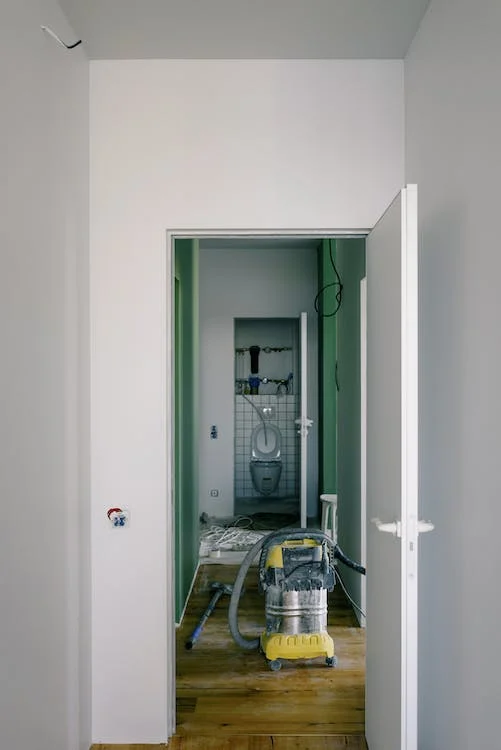A Revolution in Home Repairs: Nikil Saval Advocates for Democrats’ $125M Initiative.
Saval’s Vision: The Whole-Home Repairs Program Finds Ground in This Year’s State Budget
In a striking display of bipartisan cooperation, this year’s state budget marked a significant victory with the inclusion of the $125 million Whole-Home Repair Program. Aimed at helping homeowners, tenants, and small landlords across the state, the initiative offers grants of up to $50,000 for essential repairs, improvements, and weatherization efforts.
Bridging Divides: The Inception and Execution of the Whole-Home Repair Program
The mastermind behind this ambitious project, state Sen. Nikil Saval, managed to guide the bill through a Republican-controlled legislature, despite being a first-term Democratic socialist lawmaker. Saval’s efforts were all-encompassing, culminating in an initiative that addresses a variety of housing issues, including:
- Critical Home Repairs: The program will facilitate urgent repairs, such as leaky roofs and outdated electrical systems, to homeowners, tenants, and small landlords who meet income requirements.
- Weatherization Support: Providing guidance and support to those seeking to weatherize their homes, the program aims to reduce utility bills by connecting residents with existing programs.
- Job Training and Development: As an added benefit, the program also allocates funding for training and stipends in home repair industries, linking home repairs to job creation.
Speaking recently with City & State, Saval detailed the program’s development, his plans for building consensus in a politically divided environment, and the essential components of the initiative.
The Everyday Impact for Pennsylvanians: A Conversation with Sen. Saval
Saval described the program as a “one-stop shop” for home repairs, weatherization, and job training. He emphasized its broad reach, from critical repairs to workforce training, underscoring that the program is about “repairs, support, and jobs.”
Emphasizing the need for accessible assistance, Saval noted that the initiative will include support staff to help residents navigate existing programs and access the necessary funds.
From Adoption to Implementation: Next Steps for the Program
While the program has been included in the budget, the implementation phase is still underway. Once completed, designated county entities will administer the program, allowing residents to apply directly to their county agency.
Building Bipartisan Consensus in a Polarized Political Environment
As a self-described Democratic socialist in a short tenure, Saval’s ability to build consensus around the Whole-Home Repair Program is noteworthy. Through extensive hearings, testimony from residents and repair workers, and coordinated efforts across red and blue districts, Saval created a platform that resonated across political boundaries.
The success was rooted in identifying a universal need for home stabilization, coupled with a well-organized week of action that brought the issue to the forefront.
Rural and Urban Coalitions: A Key Legislative Strategy
Saval highlighted the importance of developing coalitions that bridge urban and rural divides. Recognizing the interconnectedness of urban and rural communities, he focused on shared experiences of hardship, such as poverty and housing insecurity, to garner support.
Looking Ahead: Future Priorities and Goals
Saval expressed a keen interest in ensuring the efficient and full implementation of the Whole-Home Repair Program. His primary goal is to make the program work and ensure its continued funding, emphasizing that this task is as important as any other legislative duty.
Saval’s efforts exemplify the power of collaboration, strategic planning, and a focus on universal needs. By forging connections across political and geographic divides, the Whole-Home Repair Program stands as a symbol of what can be achieved when legislators work together for the greater good of their constituents.






